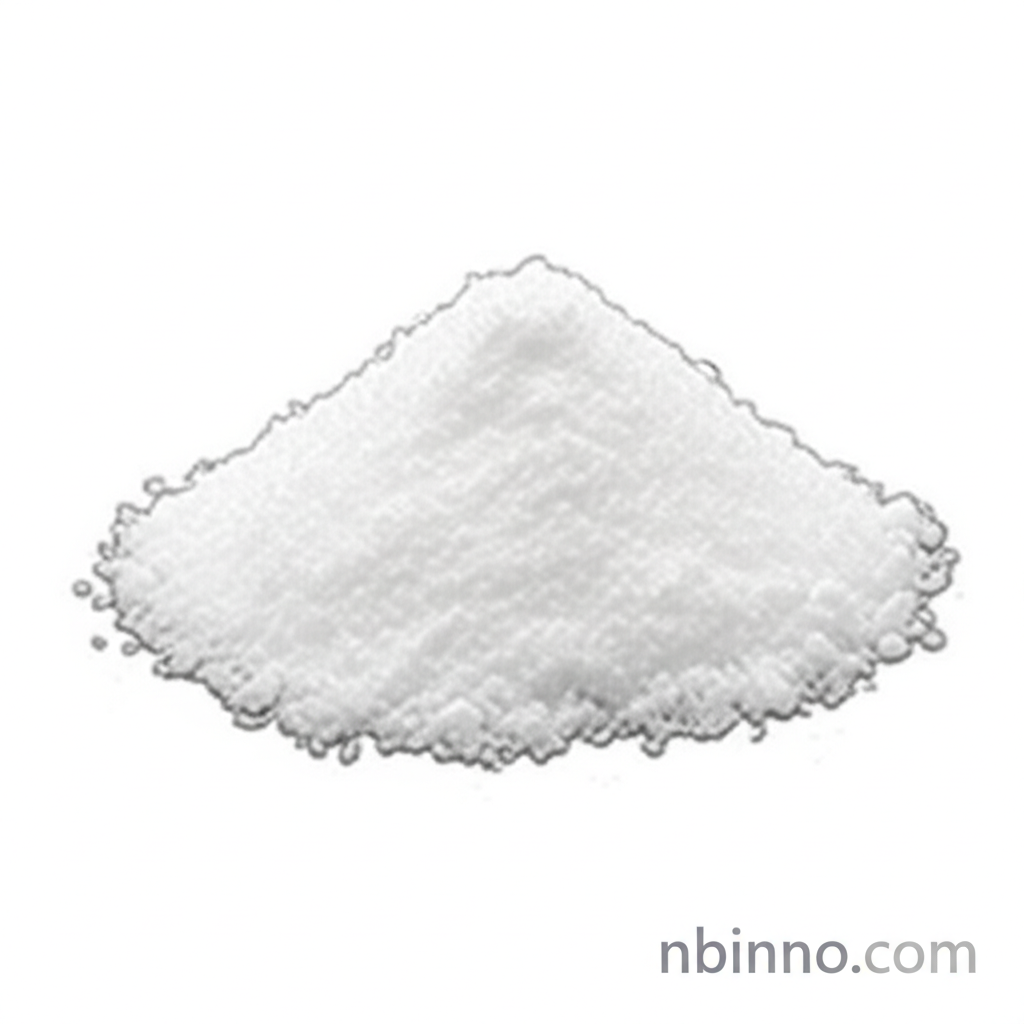Unveiling the Versatility of 2,6-Dibromo-4-tert-butylphenol
Explore the essential properties, applications, and synthesis of CAS 98-22-6.
Get a Quote & SampleProduct Core Value

2,6-Dibromo-4-tert-butylphenol
This compound serves as a crucial building block in organic synthesis and is recognized for its utility as a chemical intermediate. Its precise properties and synthesis pathways make it valuable for researchers and manufacturers alike.
- High Purity 2,6-dibromo-4-tert-butylphenol: Boasting a minimum purity of 99%, this chemical intermediate ensures reliable results in complex organic synthesis reactions.
- Understanding 2,6-Dibromo-4-tert-butylphenol properties: Key physical characteristics include an off-white solid appearance, a melting point of 70-71℃, and a boiling point of 256℃, facilitating its handling and application.
- CAS 98-22-6 synthesis: The preparation typically involves the bromination of 4-tert-butylphenol, a well-documented process providing a consistent supply of this essential chemical.
- 2,6-dibromo-4-tert-butylphenol suppliers: Reliable sourcing is key for ongoing research and production, with numerous manufacturers offering this compound for various industrial needs.
Key Advantages
Chemical Intermediate Role
As a vital chemical intermediate, 2,6-dibromo-4-tert-butylphenol plays a significant role in the creation of more complex organic molecules, supporting advancements in various chemical sectors.
Reliable Synthesis Pathways
The established synthesis routes for CAS 98-22-6 ensure a steady and high-quality supply, crucial for industries relying on consistent raw materials for their production processes.
Versatile Research Chemical
Its distinct chemical structure makes it a versatile tool for chemical research and development, enabling exploration of new reactions and the discovery of novel compounds.
Key Applications
Organic Synthesis
Facilitating complex organic synthesis, this compound is indispensable for creating new molecules with tailored properties and functions.
Fine Chemical Production
Its role as a fine chemical intermediate supports the manufacturing of specialized chemicals used across a wide range of industries.
Research and Development
Valued by researchers, it aids in experimental chemistry, helping to uncover new chemical reactions and applications.
Material Science
Potential applications in material science due to its unique phenolic structure and bromine substituents, enabling the development of new functional materials.
